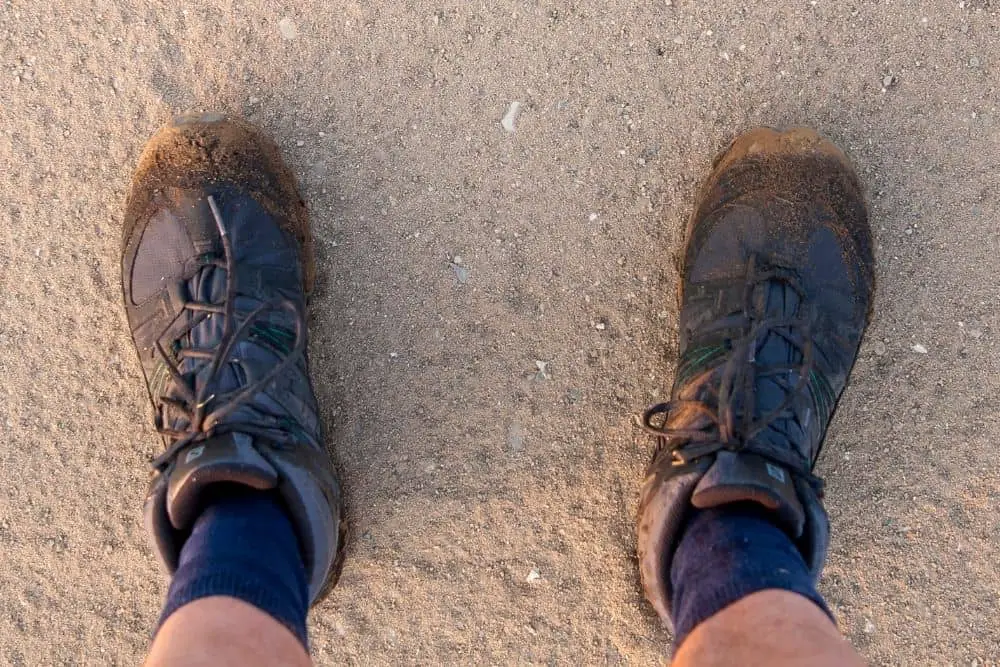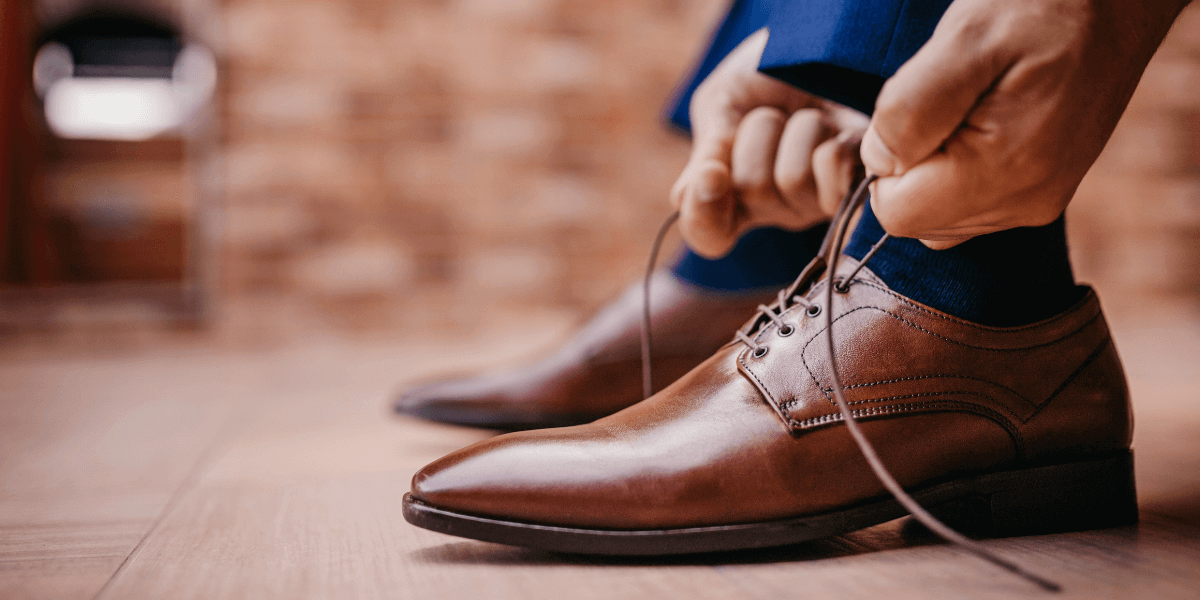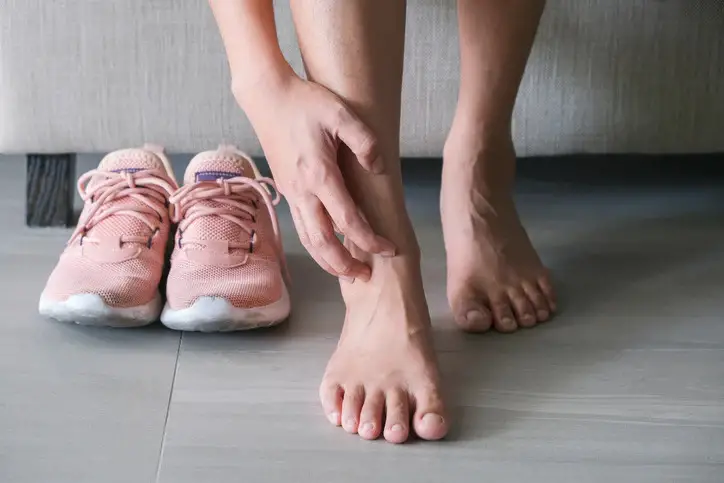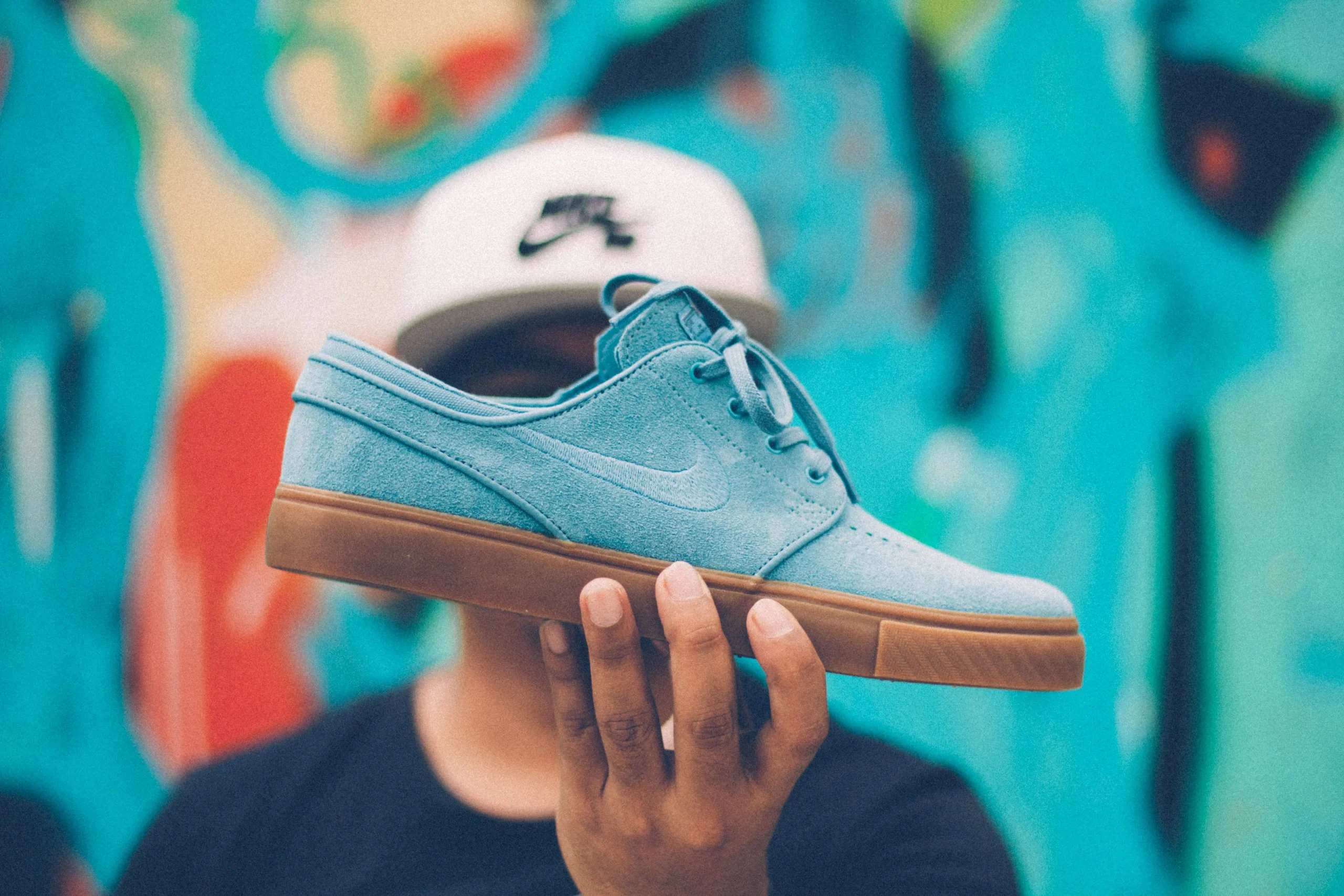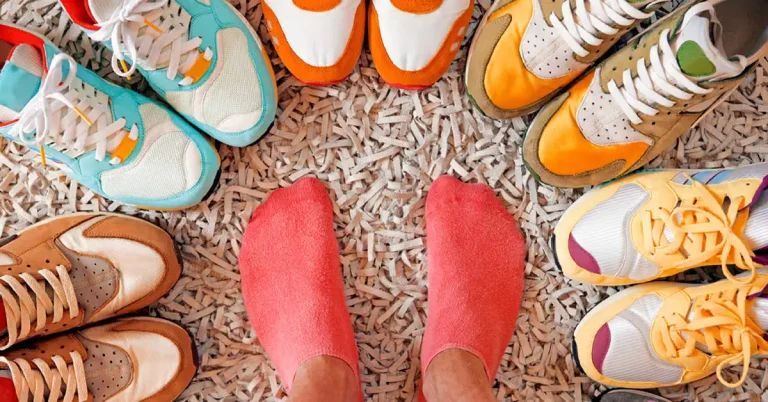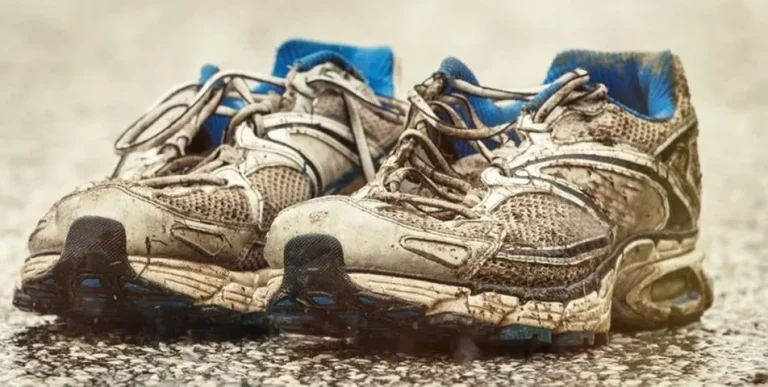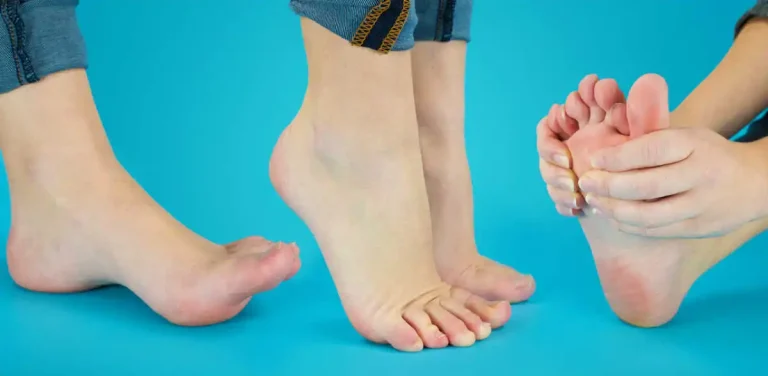How To Get Sand Out Of Shoes?
The first step is to empty out as much sand as possible from your shoes by turning them upside down and shaking them. This will remove the bulk of the sand that is loose. Next, use a brush or cloth to wipe away any remaining sand on the outside and inside of the shoes. You can use a soft bristle brush or toothbrush to reach into crevices and corners.
Vacuum out any sand that remains inside the shoes. If there are still stubborn grains of sand stuck, use a damp cloth to wipe the inside and outside of the shoes again. You can also use a hair dryer on a low setting to blow out any remaining sand. Finally, use deodorizing spray or baking soda to absorb any lingering moisture and odor. Allow your shoes to air dry completely before wearing them again to avoid any irritation. In this Article you will learn how to get sand out of shoes.
How To Get Sand Out Of Shoes After A Day At The Beach?
Here are some tips for getting sand out of shoes after a day at the beach:
Shoe Type:
The steps for getting sand out of shoes will vary slightly depending on the type of shoe:
Canvas shoes
Canvas is more absorbent so it can trap more sand. In addition to the general tips above, consider soaking a canvas shoe in a bucket of water to loosen the sand, then scrubbing it with an old toothbrush. Let the shoes air dry completely before wearing again.
Leather shoes
Leather is less absorbent so it may trap less sand initially. However, sand can get ground into the crevices and seams of leather shoes. In addition to the general tips above, consider using a leather conditioner or cream after thoroughly removing all sand. This will replenish moisture to the leather and help prevent cracking.
Athletic shoes
Mesh panels and nooks and crannies make athletic shoes prone to trapping sand. In addition to the general tips above, consider using a hair dryer on a cool setting to blow air through the mesh and into crevices. You may also need to hand vacuum out sand from hard-to-reach areas.
Flip flops
Flip flops can be difficult to fully clear of sand due to their open design. In addition to the general tips above, consider soaking flip flops in a bucket of water to loosen trapped sand, then scrubbing them with an old toothbrush. Stuffing them with newspaper or towels can also help absorb moisture and dislodge sand.
Remove the Insole:
Removing the insole from a shoe can be done in a few simple steps:
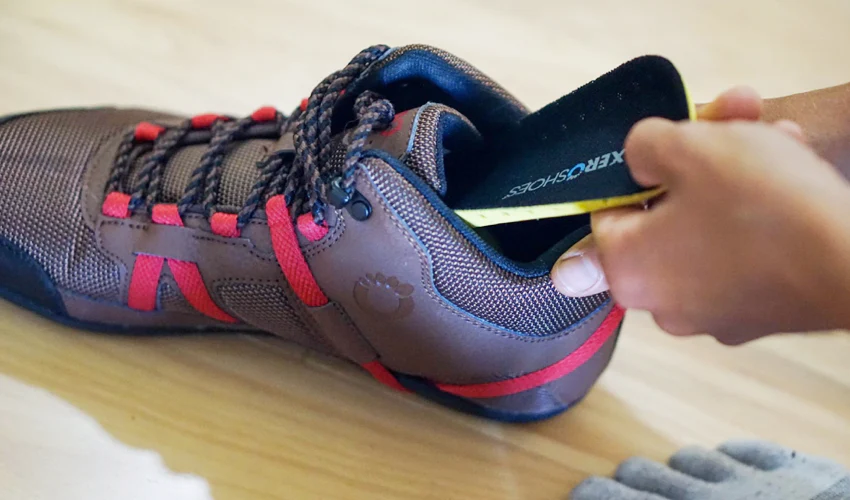
Loosen the shoe
Unlace the shoe or loosen any straps to give yourself more room to work with.
Reach inside the shoe
Put your hand inside the shoe and feel for the edge of the insole. It’s usually located around the heel area.
Lift the insole
Gently lift the edge of the insole. Be careful not to tear it, especially if it’s made of a soft material like foam.
Pull out the insole
Once you’ve lifted the edge, slowly pull the insole towards you. It should come out fairly easily. If it’s stuck, try wiggling it a bit to loosen it.
Clean the shoe
Once the insole is out, you can clean the inside of the shoe more thoroughly.
Remember, not all shoes have removable insoles. If you’re having trouble removing the insole, it might be glued or sewn in. In this case, it’s best to leave it alone to avoid damaging the shoe.
Beat Your Shoes:
Beating your shoes is a method used to dirt or dust. Here’s how you can do it:
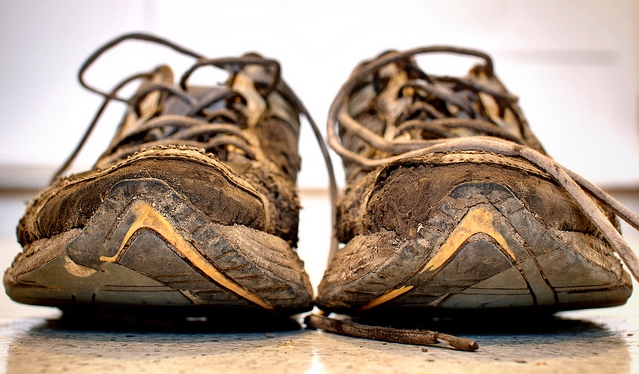
Remove any loose dirt
Before you start beating your shoes, remove any loose dirt or debris. You can do this by knocking the soles of the shoes together or using a soft brush.
Find a good spot
Choose a spot outside where you won’t mind dust flying around. Avoid doing this inside as it can create a mess.
Hold the shoes
Hold the shoes by the heel or the top, depending on which part you want to clean.
Beat the shoes
Gently beat the shoes together so that the dirt falls out. You can also beat them against a hard surface, but be careful not to damage the shoes.
Check the shoes
After a few good whacks, check the shoes to see if the dirt has been removed. If not, repeat the process.
Clean the shoes
Once you’re done beating the shoes, you might want to give them a good clean. Use a damp cloth to wipe the outside and let them air dry.
Remember, this method is not suitable for all types of shoes. Delicate materials like suede or shoes with intricate detailing might get damaged. Always check the care instructions for your shoes before attempting to clean them.
Hose or Faucet:
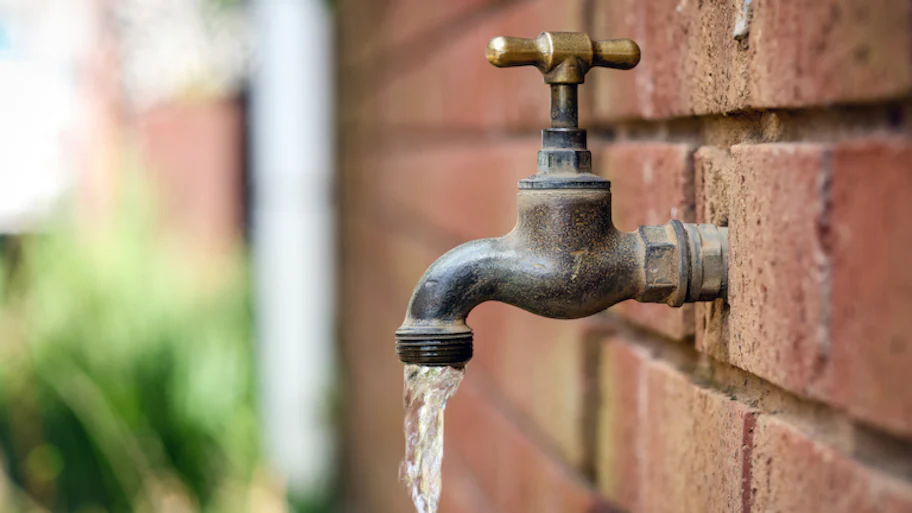
If you’re asking whether to use a hose or a faucet to clean your shoes, it really depends on the type of shoe and how dirty it is.
For heavily soiled shoes, a hose might be more effective as it can provide more pressure to remove stubborn dirt. However, be careful not to use too much pressure as it can damage the shoe.
For lightly soiled shoes or shoes made of delicate materials, a faucet might be a better choice. You can control the water flow more easily and it’s less likely to damage the shoe.
Regardless of whether you use a hose or a faucet, remember to remove the insoles and laces before cleaning, and allow the shoes to air dry afterwards. Also, avoid using hot water as it can cause the shoes to shrink or warp.
Washing Machine:
Washing your shoes in a washing machine can be a convenient way to clean them, but it’s not suitable for all types of shoes. Here’s how you can do it:
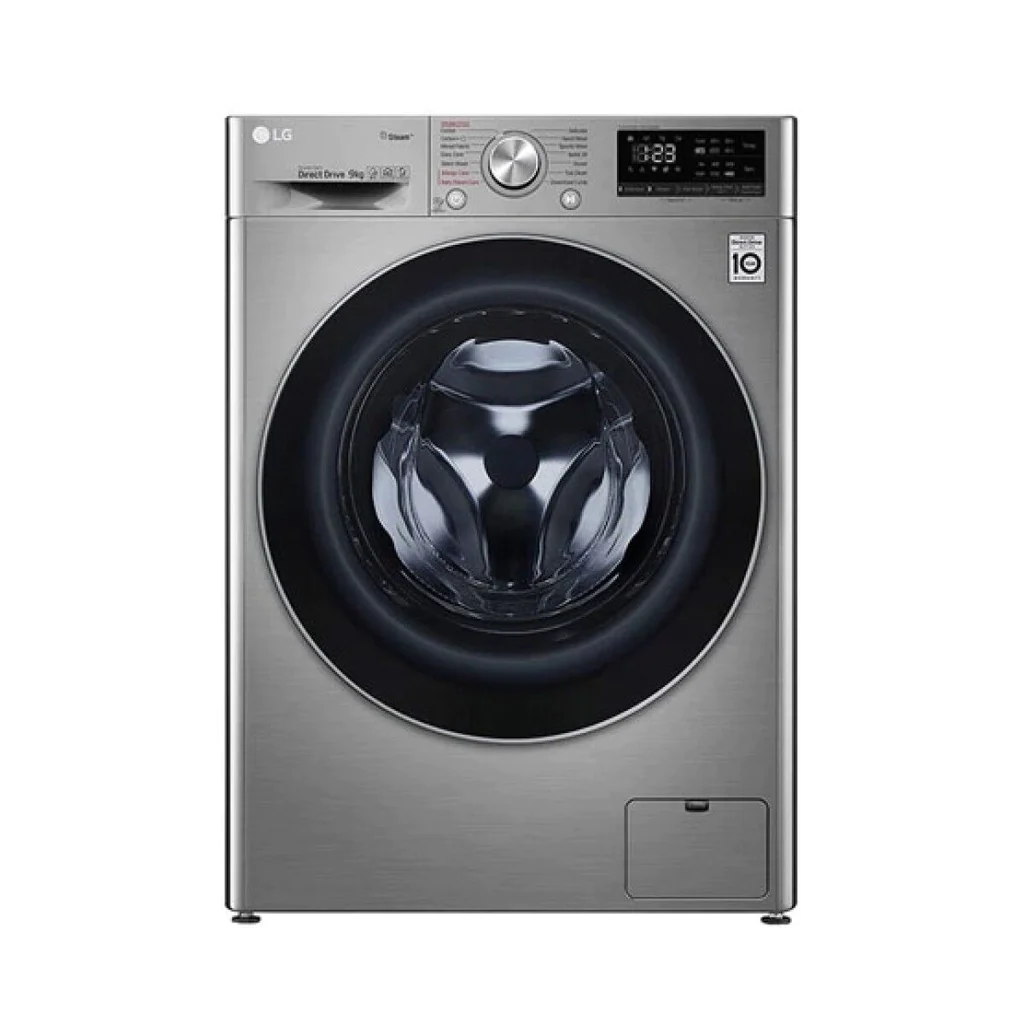
Check the label
Before you put your shoes in the washing machine, check the care label to see if they’re machine washable. Shoes made of delicate materials like leather or suede should not be washed in a machine.
Remove the insoles and laces
Take out the insoles andaces before washing. You can wash these separately by hand.
Protect your shoes and machine
Put your shoes in a mesh laundry bag or pillowcase to protect them and your machine from damage.
Use a gentle cycle
Set your washing machine to a gentle cycle with cold water. Avoid using bleach or harsh detergents.
Air dry
Once the cycle is finished, take out your shoes and let them air dry. Avoid placing them in direct sunlight or near a heat source as this can cause them to warp or shrink.
Remember, not all shoes are suitable for machine washing. When in doubt, it’s best to clean your shoes by hand.
Submerge in Water:

To submerge in water means to completely cover or immerse something in water or another liquid. This could refer to a variety of situations, such as submerging a piece of clothing for washing, a submarine going underwater, or a person diving into a swimming pool.
Related To: How To Prevent Overhanging Toes In Open Toed Shoes?
Related To: How To Wash kids Shoes?
Baby Powder:
Baby powder is a product often used to prevent or treat diaper rash in infants and toddlers. It’s also used for cosmetic purposes on the body to absorb moisture and reduce friction to prevent chafing and rashes.
The powder is typically made from talc or cornstarch. However, some studies have linked talc-based powders with certain health risks, leading many manufacturers to switch to cornstarch-based products.
Hand Vacuum:
A hand vacuum, also known as a handheld vacuum, is a compact and portable device used for small cleaning tasks. This could include cleaning up small spills, getting into tight corners, or vacuuming the interior of a car.
Hand vacuums are typically cordless and battery-powered, making them very convenient to use. They are not meant to replace regular, full-sized vacuums, but are a handy tool for quick clean-ups.
Dry in the Sun:
“Dry in the sun” refers to the process of allowing wet items, such as clothing, towels, or other fabrics, to dry naturally by exposing them to sunlight and air. This is often done by hanging the items on a clothesline or drying rack outdoors.
The heat from the sun and the movement of the air help to evaporate the moisture from the items. This method of drying can be energy-saving and environmentally friendly, but it may not be suitable for all types of materials, as some can fade or get damaged by prolonged exposure to sunlight.
Conclusion:
Submerging in water refers to completely immersing something in water or another liquid. Baby is a product for various such as preventing reducing friction on the body.
A hand vacuum is a portable device used for small cleaning tasks. Drying in the sun involves allowing wet items to dry naturally by exposing them to sunlight and air. Each of these topics has its own unique.
Frequently Asked Questions
Latest Post

